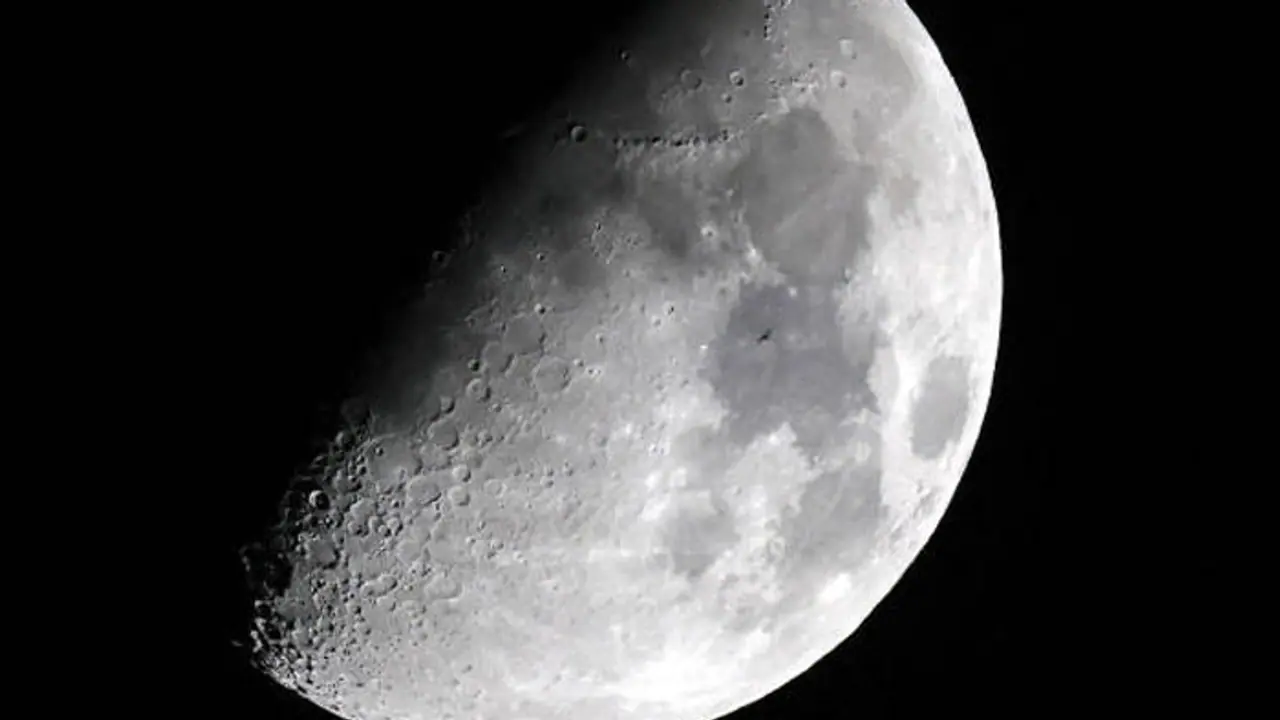Russia's re-entry into lunar exploration sparks global race among major powers, unveiling lunar resources, legal complexities, and prospects of moon mining.
Russia's recent launch of its first moon-landing spacecraft, Luna-25, in almost five decades marks a significant milestone in the international race for lunar exploration. This venture aligns with efforts by major global powers, including the United States, China, and India, to unravel the mysteries of Earth's sole natural satellite.

Russia's intentions extend beyond this mission, as the nation has announced plans for subsequent lunar expeditions. Notably, there is a vision for potential collaboration between Russia and China in a crewed lunar mission and even the establishment of a lunar base. The United States' NASA has also been vocal about a "lunar gold rush," delving into the prospects of moon mining.
Unveiling the moon's significance
Positioned at a distance of 384,400 km (238,855 miles) from Earth, the moon plays a pivotal role in stabilising our planet's axial wobble, thereby contributing to a more predictable and steady climate. Additionally, the moon's gravitational pull gives rise to the ebb and flow of tides across the world's oceans.
The moon's origins trace back approximately 4.5 billion years when a massive celestial object collided with Earth. The aftermath of this collision led to the accumulation of debris, eventually coalescing into the moon we see today. The moon's environmental conditions exhibit extreme temperature fluctuations, with highs of 127 degrees Celsius in sunlight and lows plummeting to around minus 173 degrees Celsius in darkness. Regrettably, the moon's exosphere offers minimal protection against solar radiation.
Valuable lunar resources: Water, Helium-3, and rare Earth metals
In 2008, Chandrayaan-1 made a groundbreaking revelation by confirming the presence of water molecules, particularly hydroxyl, scattered across the lunar surface and concentrated around the poles. Water holds immense importance for sustaining human life and, intriguingly, serves as a potential source of hydrogen and oxygen—essential components for crafting rocket fuel.
The moon harbours helium-3, an isotope that is relatively scarce on Earth but is estimated to exist in quantities exceeding a million tonnes on the moon. Helium-3 possesses the potential to generate nuclear energy in fusion reactors, while its non-radioactive nature mitigates concerns of hazardous waste production.
Lunar exploration has unveiled the presence of rare earth metals, including elements like scandium, yttrium, and the 15 lanthanides. These metals find applications in cutting-edge technologies such as smartphones and computers, rendering them highly valuable resources.
The complex reality of moon mining
The process of moon mining necessitates the establishment of suitable infrastructure on the lunar surface. Given the moon's challenging conditions, robotics would play a pivotal role in executing mining operations. However, the presence of water on the moon holds the potential to support extended human presence and engagement.
Navigating the legal framework for moon mining presents a complex challenge. The 1966 Outer Space Treaty by the United Nations stipulates that celestial bodies, including the moon, cannot be claimed under national sovereignty, and space exploration should benefit all nations. The absence of clear provisions raises questions about the potential for private entities to assert ownership.
The intricate realm of space mining currently lacks comprehensive policy and governance. The 1979 Moon Agreement asserts that no entity, be it a state or private organisation, can assert ownership over lunar territories. Nonetheless, this agreement lacks widespread ratification by major spacefaring nations.
In 2020, the United States unveiled the Artemis Accords, an initiative named after NASA's Artemis moon program. These accords seek to enhance international space law by establishing "safety zones" on the moon. Notably, Russia and China have yet to join this framework.
The resurgence of lunar exploration, propelled by nations' ambitions and advancements in technology, highlights humanity's relentless pursuit of knowledge and resources beyond Earth's boundaries. As major powers compete to unearth the moon's secrets, the future holds promise for uncovering new frontiers and enriching our understanding of the cosmos.
